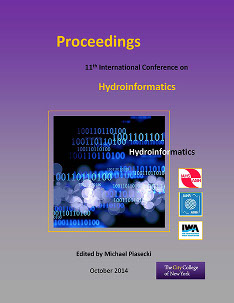Document Type
Presentation
Publication Date
8-1-2014
Abstract
There has been a paradigm change in water resource management as control of major point sources has improved, and recognition has grown of the importance of diffused pollution. Newer approaches, exemplified by watershed-scale management, emphasize stakeholder involvement to achieve better decision making through negotiation and compromise; and ultimately, better acceptance of final management solutions. Stakeholder participatory involvement in using complex water quality models to understand management scenarios and their impacts is, however, limited. Advanced receiving waterbody and watershed WQ models are complicated and require significant technical expertise in their understanding and use, which is a deterrent to non-expert stakeholder involvement. This situation creates a conundrum where the very tools necessary to provide management decision support are too complex for key stakeholders to use and understand. This paper describes an Environmental Decision Support System (EDSS) designed for the Occoquan Reservoir and its Watershed (1.47x109 m2), which is located in the northern Virginia surburbs of the US National Capital Region. The web-based EDSS allows users to modify land use in the watershed by directly delineating changes to the current base condition. Changes in water quality due to land use modifications may then be analyzed, at various geographical scales, by executing the Occoquan system model through the EDSS. The EDSS enables users to share land use modification scenarios, and supports grouping land use modifications to aid in comparison of simulated water quality results. A local-network server cluster was also designed and implemented to enable execution of the Occoquan system models simultaneously on machines with disparate capabilities.



Comments
Session R62, Integrated Watershed Management